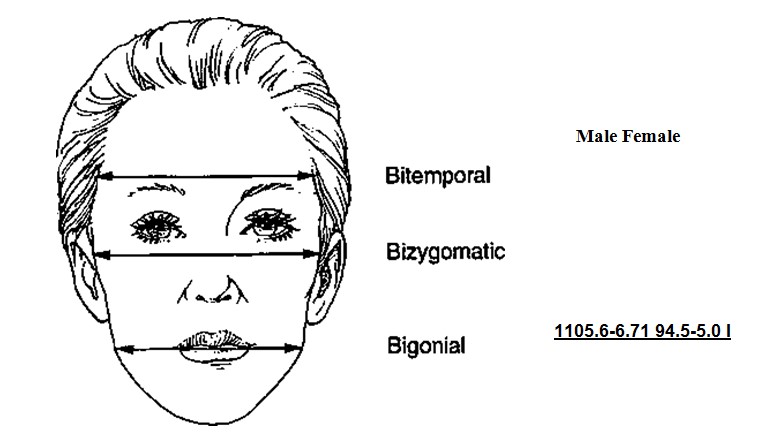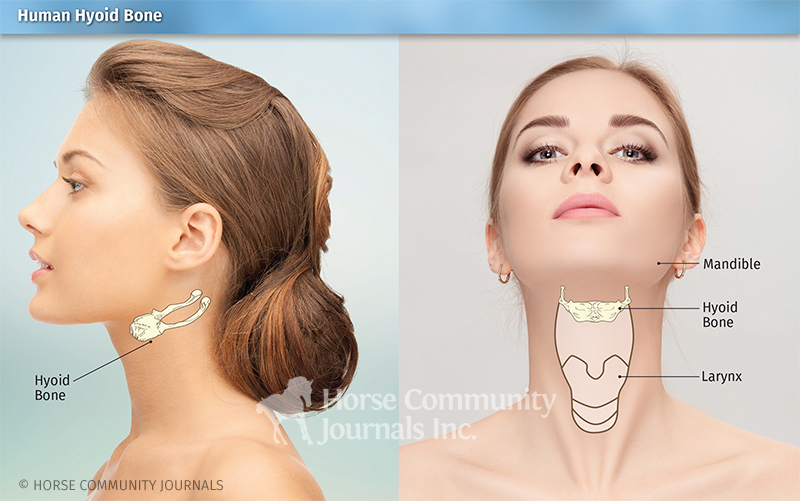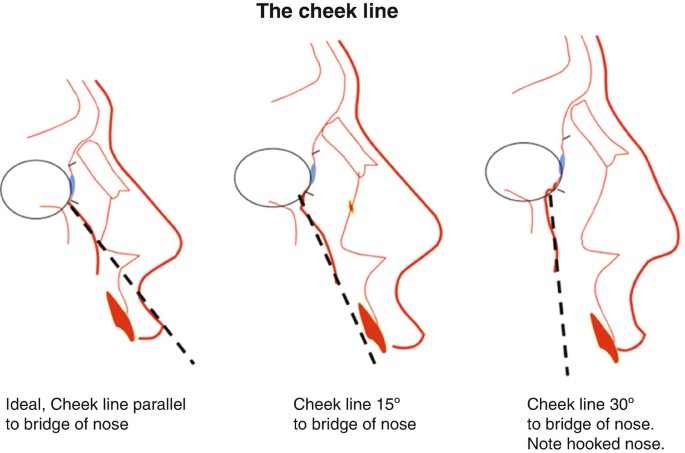D
Deleted member 25938
. . .
- Joined
- Jan 26, 2023
- Posts
- 6,221
- Reputation
- 7,712
BOTB gang checkin in
This is a fucking godsend btw. How many of these 41 methods are based on actual results, and how many on theories?
This is a fucking godsend btw. How many of these 41 methods are based on actual results, and how many on theories?








